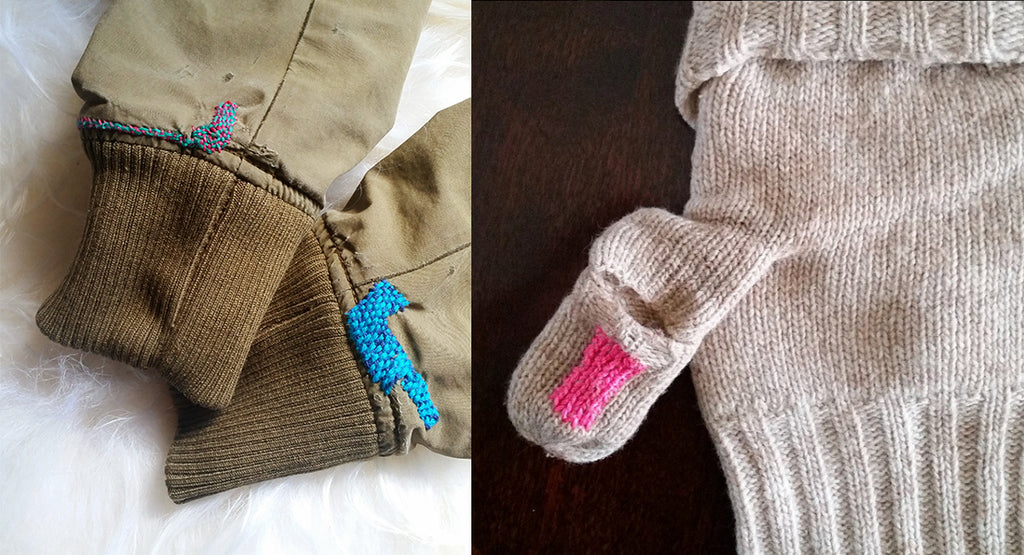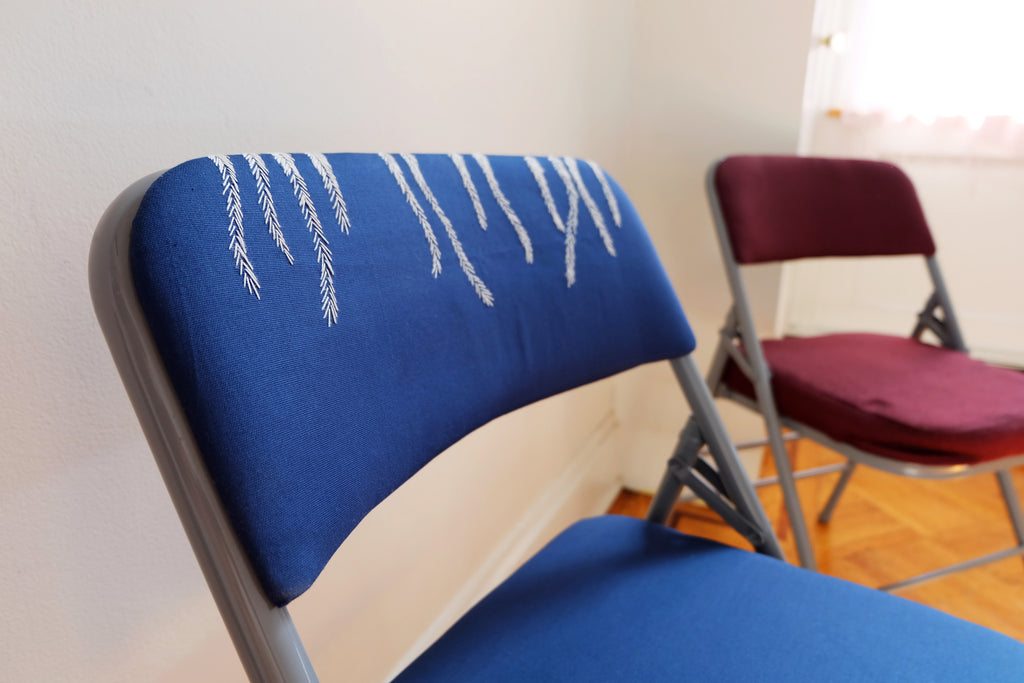 First up, is a good friend of mine, Nguyen Le, who is one the most creative people know. She has written two books, Color Knitting with Confidence and 500 Fun Little Toys To Crochet, Knit, Felt & Sew and every corner of her home is filled with handmade wonders to explore. She freelances and as a craft stylist creating insanely good props for major brands ad campaigns and is certified in Chi Nei Tsang (Daoist abdominal massage)! So talented.
First up, is a good friend of mine, Nguyen Le, who is one the most creative people know. She has written two books, Color Knitting with Confidence and 500 Fun Little Toys To Crochet, Knit, Felt & Sew and every corner of her home is filled with handmade wonders to explore. She freelances and as a craft stylist creating insanely good props for major brands ad campaigns and is certified in Chi Nei Tsang (Daoist abdominal massage)! So talented.Read on to learn about her diverse work and find Nguyen's craft styling work here, instagram, and her shop here.

1. How did you get started with mending?
Mending our clothes was something my mom did while we were growing up, so I took to mending my own clothes when I was old enough. It was only in the past few years that I started to make my mending visible with brightly colored thread that wasn’t trying to match or hide the hole or tear. I read about the Japanese art of kintsugi, where broken ceramics are repaired with gold to enhance and add value to the piece, and it resonated with me. Why hide the hole worn thin with so much wear? The mend can showcase how well worn and loved the piece is. It’s such a beautiful concept! I also started playing with weaving in the last couple years, and found I really liked the way it looked in my mending.
Also, I’m a Marie Kondo “Konvert” - a believer in keeping things that ‘spark joy’. Mending pieces I love and surrounding myself with beautiful upcycled objects brings me a lot of joy. While going through Kondo’s first category of clothing to go through, I just couldn’t bring myself to let go a black skirt that I didn’t wear very much. I still liked the design and I absolutely love pockets in skirts, but for some reason it didn’t get much wear as my other clothes. I had the idea to embroider tiny little cactuses all over the skirt to up the joy factor, and now it gets a lot more wear!

First, I’ll look at the type of material that needs mending. If it’s a woven fabric, I like to use embroidery thread and needle, and weave a patch over it. If it’s a knit fabric, I’ll mimic the knitted stitches, and use a similar weight thread to make knit stitches to form a patch. I generally like to use fiber related materials for my mending - embroidery thread, yarn, and fabric.
3. Hand work can take a fair amount of time and patience. How do you carve out time to mend?It is hard to carve out time to mend! I can’t say I have any regular time that I set aside for mending. Usually I have a pile of things to mend in some corner, and when I have a free moment and the inspiration strikes me, I’ll pick something up to mend. Sometimes it’s in the quiet time before bed, or it could be midday if I feel it’s a quick project. I recently moved out of NYC, but when I lived there I liked to have projects to do while on the train, so mending would get done in transit a lot of times. Train rides always felt like free time that I could utilize for fun projects.

I embroidered and reupholstered a folding chair that I now really love! The seat cushion was flattened, and I didn’t dig the maroon fabric color, so I wanted to give it a joyful facelift to avoid it landing in the dumpster. I wasn’t sure if I could to it, but found the seat backs were easy to remove and replace. Usually my projects don’t involve furniture, so I was pretty proud of the finished result. I used a blue outdoor fabric so it would be sturdy and easy to clean, and embroidered a white feathery design on the seat back. And I used a fancy memory foam seat cushion I already had, to give extra cush for the tush!

Anything fiber related, I’m into! Knitting, crocheting, embroidery, weaving, etc. - I love it all. I’m also into baking, and this year it’s all about homemade bread, and oatmeal raisin cookies. On a different interest note, I recently received certification as a Chi Nei Tsang (Daoist abdominal massage) practitioner. I’ve been interested in Eastern medicine for the last 10 years, and my curiosity finally led me to study something that I’ve found can be very beneficial for many common ailments. It’s a different world than my craft life, but it also feels familiar.
In my daily life, I try to upcycle things as much as I can before throwing it in the trash. I keep fabric and thread scraps to use in smaller projects, such as a handle cover for a cast iron pan, or as a stuffing for projects. I also like to draw cute designs onto recycled glass jars to reuse. Porcelain pens or even a Sharpie marker works just fine. I upcycled a plastic bottle cap and used it as a base to protect your finger for a cactus ring pin cushion. I believe there are so many ways to recycle/upcycle, you just need to look at things in a different light.
Mending objects, mending the body, mending the earth - essentially I think it’s all about taking care of what you have.

I’m currently working with Primary, a kids clothing company that sells solid basics, to use their clothes in making DIY Halloween costume tutorials. The clothes can be reused as normal after Halloween, eliminating the need to buy costumes each year that are only worn once. I think it’s a great way to create less waste in the world and inspire people to DIY - two things that make my heart sing!
Find Nguyen's craft styling work here, instagram, and her shop.
